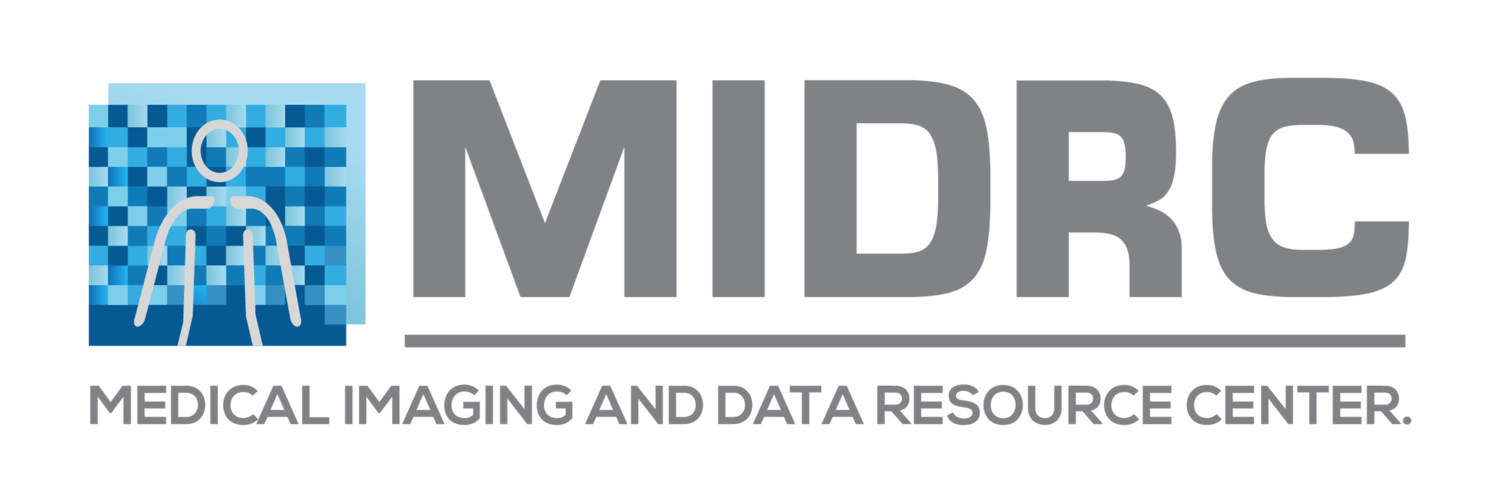
Technology and Development Project 3a
Paul Kinahan (University of Washington) and John Boone (University of California-Davis)
Development of digital and physical imaging phantoms.
Digital and physical phantoms are needed both to test individual components of the data stream and to check results throughout the overall data stream. The utility of physical phantoms, such as those used for clinical accreditation and clinical trial qualification are well-recognized. Less well appreciated is the value of synthetic digital DICOM phantoms, also called digital reference objects (DROs), which can be used to evaluate the validity of each processing step. For example, DROs were used to evaluate the accuracy of multiple PET and CT imaging analysis software platforms. including FDA 510(k) approved commercial clinical platforms. This study found multiple errors in even the most basic reported values, such as the standard deviation within a region of interest [Pierce 2015]. For this project we will determine the appropriate digital and physical imaging phantoms for COVID data at each step. Since the DICOM patient images will have already been generated by other MIDRC contributors, we will use pre-existing phantom data (e.g. ACR CT phantoms) collected by contributing sites by working with AAPM members that are diagnostic medical physicists at selected sites. We will also determine if a new phantom design that is more specific for MIDRC patient images allows for more accurate or efficient measurement of imaging quality. Finally we will start with our existing synthetic digital DICOM-compliant phantoms (DROs) and produce versions that are more appropriate for the specific task of lung imaging. These will be used to test the data stream flow and also made available for MIDRC users as a quality control check.
A phantom (called CORGI) for the evaluation of image quality for CT is shown below, with modules capable of measuring spatial resolution, contrast to noise ratio, and noise properties of the scanner. Linearity and cone beam artifacts can also be evaluated. Once scanned, the image data can be uploaded to a website for fully automatic evaluation, and a full report is returned in a matter of a few minutes.
Siewerdsen, J.H., Uneri, A., Hernandez, A.M., Burkett, G.W. and Boone, J.M. (2020), Cone‐beam CT dose and imaging performance evaluation with a modular, multipurpose phantom. Med. Phys., 47: 467-479. https://doi.org/10.1002/mp.13952
Citation Pierce2015: Pierce LA, Elston BF, Clunie DA, Nelson D, Kinahan PE. A Digital Reference Object to Analyze Calculation Accuracy of PET Standardized Uptake Value. Radiology. 2015;277:538-545. PMCID: PMC4618774. PMID: 25989387
Members: Nicholas Bevins, PhD, Maine Health, John Boone, PhD,(lead), University of California Davis, Andrew Hernandez, PhD,, University of California Davis, Kalpana Kanal, PhD, University of Washington, Paul Kinahan, PhD, University of Washington, Mahadevappa Mahesh, PhD, Johns Hopkins, Benjamin Maloney, PhD, Henry Ford Health, Michael McNitt-Gray, PhD, University of California Los Angeles, J. Anthony Seibert, PhD, University of California Davis, Jeffrey Siewerdsen, PhD, MD Anderson, Mark Supanich, PhD, Rush University, Emily Townley, AAPM, Ali Uneri, PhD, Johns Hopkins, David Zamora, PhD, University of Washington
